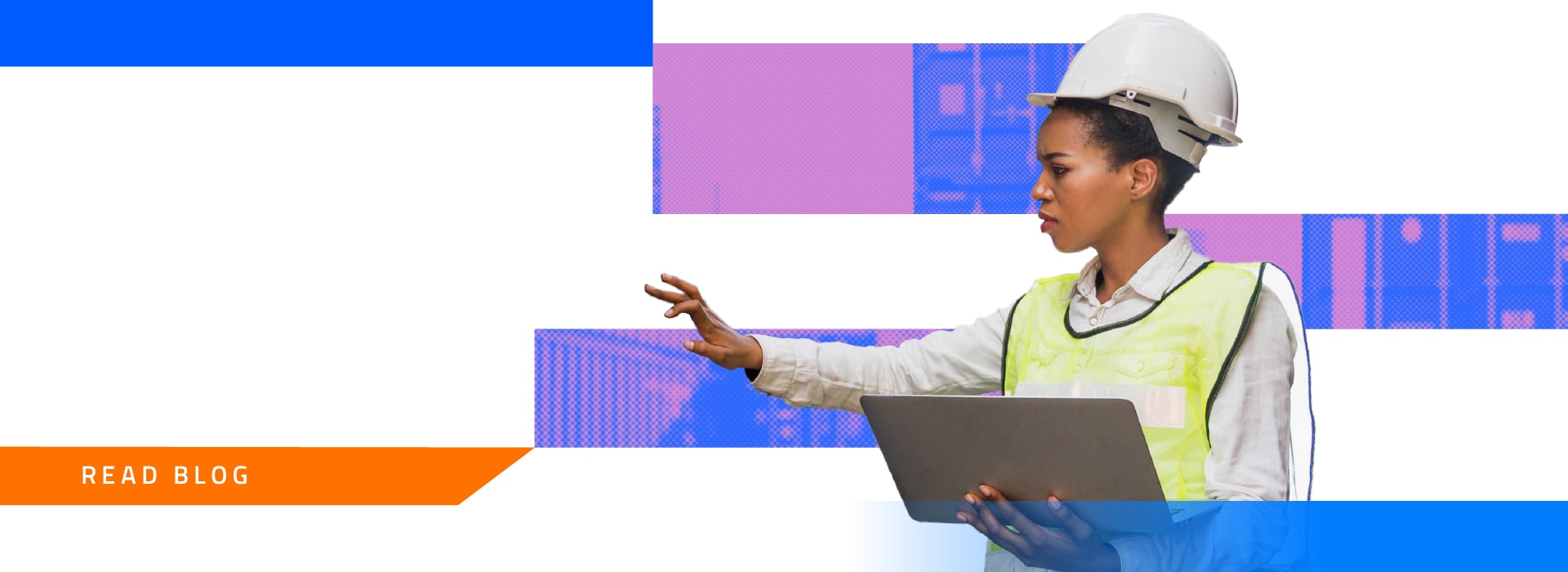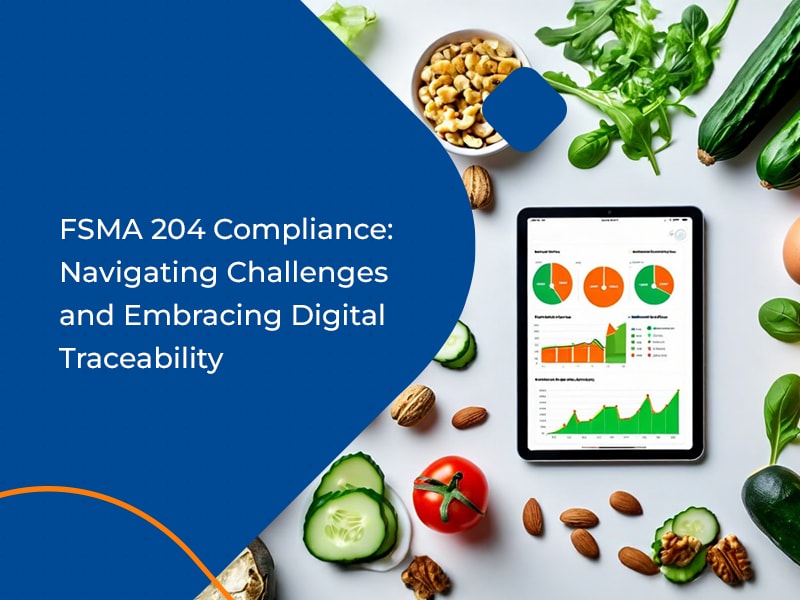Home > TradeEdge > Blogs > Key AI/ML use cases in supply chain optimization
Key AI/ML use cases in supply chain optimization

Due to the increasing complexities of the supply chains, lack of visibility in consumer goods companies (CGs) has emerged as the most common stumbling block in recent times, thus influencing demand, supply stability, and profitability significantly.
So, the million-dollar question is how CGs can improve visibility, agility, and profitability across the supply chain.
What is supply chain optimization?
Supply chain optimization is fine-tuning a supply chain’s processes to ensure that it functions at the peak of its efficiency. This kind of redesign or optimization is based on specific major performance indicators that consist of overall operating expenses and the ROI of the company’s inventory. The primary idea is to offer the customers the products at the lowest possible cost while maintaining the highest profit margins. However, to accomplish these targets, business managers must balance the costs incurred in manufacturing, inventory administration, transportation, and meeting customers’ expectations.
The need for supply chain optimization in CGs
CGs have been battling several challenges to meet the ever-increasing and shifting consumer demands. Additionally, following the onset of the pandemic, the CGs do not have supply chains that are swift and reactive enough to resist such chaos and complexities. This is perhaps because of how people buy and engage with the brands, which have recently witnessed an extraordinary shift.
So, buying has endured a tectonic change as more product classifications resort to electronic channels rather than brick-and-mortar stores. Therefore, it is now time for a makeover for the CGs to be more laser-focused on modulating themselves as a customer-centric entity through supply chain network optimization, thus reinventing themselves to gain a competitive edge in the market.
Key benefits of supply chain optimization:
There are various advantages of implementing a supply chain optimization, solution some of which are highlighted below:
Artificial Intelligence (AI) and Machine learning (ML) can assist businesses in enhancing supply chain management by making them more resilient to disruptions. As a result, supply chains globally are adopting ML and AI to expand their processes, decrease costs and associated risks, and boost revenue.
Significant use cases of leveraging AI and Automation technologies in supply chain
Demand sensing: AI can remove the speculation in forecasting and prevent supply chain surprises. Demand sensing in supply chain optimization methods plays a crucial role in planning and executing processes linked to supply chain management, thus using AI to manage intricate and volatile fluctuations in customer demand volumes.
Supply forecasting: The material bills and POS data can be easily defined, and correct predictions can be made for supply forecasts per supplier commitments and lead times. So, the organizations must balance demand and transform the business requirements to cover the all-inclusive value chain.
Price planning: A supply chain company must exploit the power of ML and AI to optimize the rise or fall in product prices as per the product life cycles and demand trends.
Inventory planning: Implementing ML can enable a company to predict the demand growth for different products and services, like furniture, apparel, and home applications. Also, it can recognize market zones where there is an over-stocking crisis. It inevitably increases POS with suppliers (as per deficiencies or potential demand shortages) by forecasting supply and demand to ensure that a customer gets the right products on time but without overspending on excess inventory.
Out-of-stock analytics: The structured and unstructured data enable firms to apply supply chain optimization services to predict the cause of out-of-stock goods. It means ML and AI can accurately forecast out-of-stock items, which can help a company strategize the shipments and deliver accordingly. It can also predict the pricing tactic of a given product.
Warehouse management: Identifying the primary stock-out cause and forecasting the exact demand trends with improved lead times from suppliers to minimize the stock-out situation via an AI-powered approach is a vital component of warehouse management. In addition, supply chain optimization enables the programming of vehicles and robots usually used in warehouses.
Production planning: Implementation of IoT sensors and production automation solutions helps to increase/decrease products and enhance the quality according to real-time customer feedback.
Supply chain optimization through TradeEdge Network
TradeEdge Network, an end-to-end and multi-tenant architecture solution, brings execution agility into your supply chains. Its many-to-connectivity ability builds opportunities for swifter action by amalgamating businesses that react instantly to products, services, and information.
For more information, download the whitepaper to learn how the TradeEdge Network helps address demand-supply gaps in near real-time and maximize fulfillment.
So, explore the power of TradeEdge by transforming your value chains.


Possibilities Unlimited
Possibilities Unlimited
Inspiring enterprises with the power of digital platforms
More blogs from EdgeVerve →